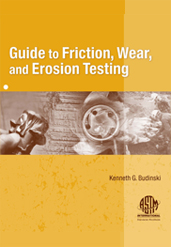Magazine

Aerospace & Defense Technology: December 2023
2023-12-07
How Distributed Metal Additive Manufacturing Can Add a Surge to Military Supplier Strategies Ensure Aerospace Composite Quality with Force Measurement, Material Testing How Business Networks Can Help Stabilize the A&D Supply Chain A blueprint for modernizing the supply chain for greater connectedness and collaboration. Unlocking the Potential of 3D-Printed Polymers in Aerospace and Defense How to Select the Right Silicone for Space Applications Key Measurements to Maintain Performance of Critical Electronic Systems on Military Aircraft and Warships Physicists Develop a New Type of Antenna Towards Sustainable Recycling of Epoxy-Based Polymers: Approaches and Challenges of Epoxy Biodegradation Composites are especially important for the development and implementation of sustainable technologies such as wind power, energy-efficient aircrafts, and electric cars.




